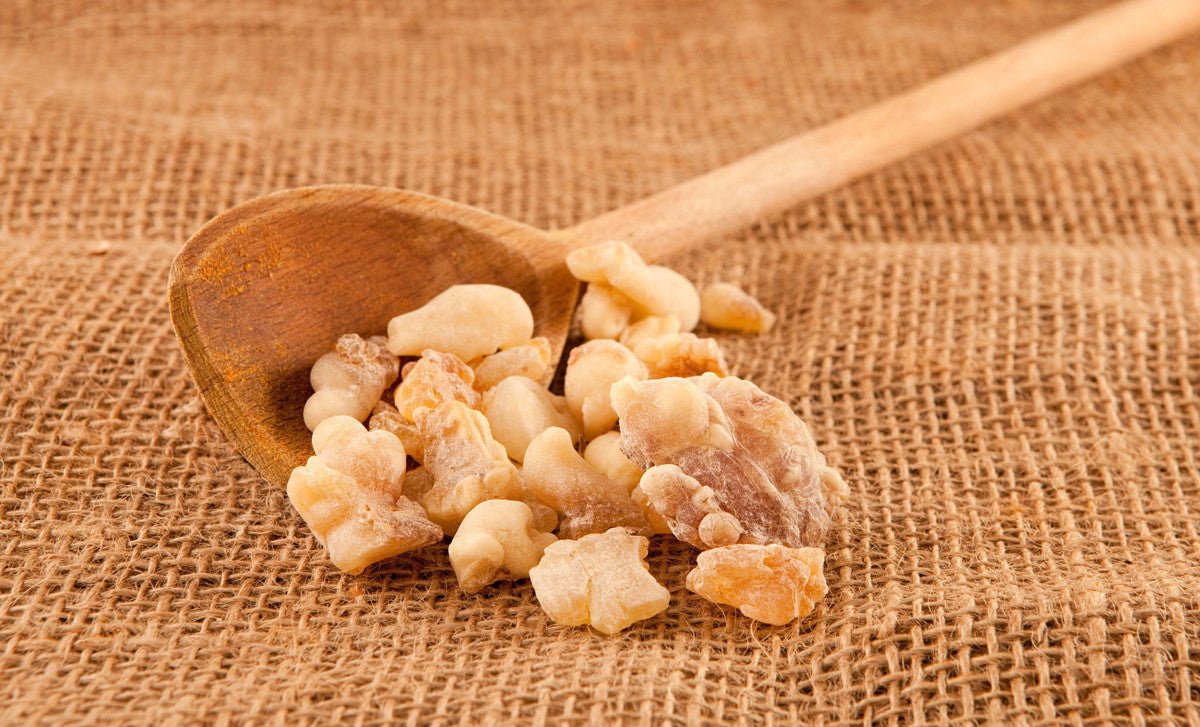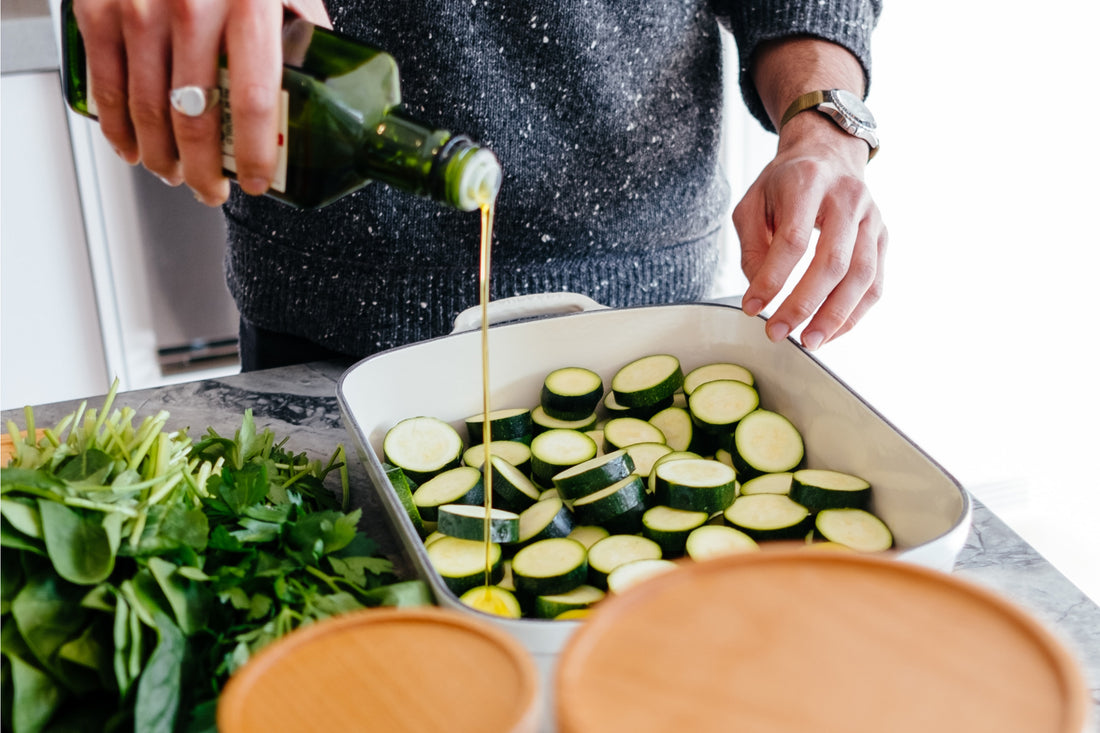Los aceites esenciales son un tema de gran actualidad en estos momentos, pero estos potentes extractos de plantas no son nada nuevo. De hecho, el uso de aceites esenciales, como el incienso, se remonta a los tiempos bíblicos. Según la versión tradicional de la historia de “Los Reyes Magos”, los Reyes Magos llegaron desde Oriente para obsequiar al niño Jesús con incienso, mirra y oro. A menudo, esta es la primera vez que la gente oye hablar del incienso, pero, seas cristiano o no, la conclusión importante de esta historia es que el incienso se ha considerado un producto muy apreciado durante siglos.
¿Qué son los aceites esenciales?
Antes de hablar de los beneficios del incienso para la salud, dediquemos un minuto a definir qué es un aceite esencial. Los aceites esenciales son componentes fragantes y naturales que se encuentran en las plantas. Son responsables del aroma característico de la planta y de las propiedades curativas asociadas a ella. Los aceites esenciales están altamente concentrados. Se necesitan aproximadamente 16 libras de hojas de menta fresca para hacer solo una onza de aceite de menta y casi 9,5 libras de flores de lavanda para hacer una onza de aceite esencial de lavanda.
El aceite esencial de incienso comienza como savia de una familia única de árboles llamados árboles Boswellia. La mayoría de los árboles del género Boswellia producen savia, pero dos especies en particular , la Boswellia sacra y la Boswellia carteri , producen el incienso de mayor calidad. Durante ciertas épocas del año, el árbol se corta en varios lugares, lo que permite que la savia fluya. Una vez que se recolecta la savia, se deja que se endurezca hasta convertirse en una sustancia espesa llamada resina. Luego, el aceite esencial se extrae de la resina mediante un proceso llamado destilación al vapor.
Beneficios del aceite esencial de incienso
El aceite de incienso tiene una amplia gama de beneficios para la salud. Es antiinflamatorio, antiséptico y astringente. El aceite también se considera un tónico porque beneficia a todos los sistemas del cuerpo, incluidos el digestivo, el respiratorio y el nervioso.
1. Fortalece el sistema inmunológico
Los estudios han demostrado que el aceite de incienso puede reforzar el sistema inmunológico, lo que permite combatir bacterias, virus e incluso ciertos tipos de cáncer de manera más eficaz. El aceite de incienso también puede disolver la flema en el tracto respiratorio y los pulmones, lo que ayuda a aliviar la congestión y reducir la tos, y a reducir el dolor asociado con cortes menores y picaduras de insectos.
Debido a que el incienso tiene propiedades antisépticas, también puede matar gérmenes y reducir la inflamación en la boca, lo que puede prevenir el mal aliento, caries, llagas en la boca, dolores de muelas y otras infecciones bucales.
2. Reduce el estrés y la ansiedad
Se ha demostrado que, cuando se inhala, el aceite de incienso reduce tanto la presión arterial alta como la frecuencia cardíaca. Inhalar el aceite también puede reducir los síntomas de depresión y ansiedad sin ninguno de los efectos secundarios no deseados de los medicamentos recetados.
3. Mejora la digestión
El aceite esencial de incienso acelera la liberación de jugos gástricos, como la bilis y los ácidos, en el tracto digestivo. También puede estimular la peristalsis (las contracciones musculares que ayudan a mover los alimentos a través de todo el tracto digestivo). Esto puede aliviar el estreñimiento y reducir los dolores y calambres asociados.
4. Combate el cáncer
Un estudio realizado en 2012 descubrió que un compuesto específico del aceite de incienso, llamado AKBA, puede matar las células cancerosas que se han vuelto resistentes a la quimioterapia. El aceite de incienso también puede ayudar a reducir las náuseas asociadas con la quimioterapia.
5. Mejora la apariencia de la piel.
El aceite de incienso promueve la regeneración celular y mantiene las células y los tejidos sanos. Aplicar aceite de incienso en el rostro puede ayudar a prevenir las arrugas y a tensar y reafirmar la piel para detener o revertir los signos del envejecimiento. Debido a que es un poderoso astringente, también ayuda a reducir las imperfecciones del acné y la apariencia de los poros dilatados. Los beneficios del incienso para la piel no se limitan al rostro, ya que puedes aplicarlo en cualquier lugar donde experimentes flacidez en la piel, desde los brazos hasta el abdomen y las rodillas.
Seguridad del aceite de incienso
Cuando se utiliza en aromaterapia, el aceite de incienso generalmente se inhala (ya sea directamente o con un difusor) o se aplica tópicamente (directamente sobre la piel).
Debido a que los aceites esenciales son tan potentes, es fundamental que diluyas el incienso adecuadamente con un aceite portador antes de aplicarlo en la piel. También es una buena idea hacer una prueba de parche ( o aplicar una pequeña cantidad en la parte interna del codo para asegurarte de que no experimentas ninguna reacción adversa al aceite) antes de usarlo en áreas extensas del cuerpo.
Aunque todos los aceites esenciales son diferentes, una buena regla general para el aceite de incienso es utilizar una dilución del 1 por ciento. Esto significa utilizar solo una gota de aceite esencial por cucharadita de aceite portador. Puedes probar distintos aceites portadores para encontrar uno que funcione para ti, pero mis favoritos son el aceite de coco y el aceite de jojoba.
Ideas para empezar a utilizar el incienso
- Para mejorar la apariencia de la piel, agregue 1 gota de incienso a 1 cucharadita de aceite de jojoba y frote suavemente sobre la cara después de la limpieza normal.
- Para ayudar a aliviar el dolor de estómago y los calambres, agregue 2 gotas de aceite de incienso a 2 cucharaditas de aceite de almendras (o un aceite portador de su elección) y masajee suavemente la parte inferior del abdomen.
- Para ayudar a aliviar la congestión, coloque 2 o 3 gotas de incienso en un recipiente pequeño y vierta agua caliente, pero no hirviendo, sobre el aceite. Coloque la cara sobre el recipiente, cúbrase la cabeza con una toalla, cierre los ojos y respire profundamente.
- Para reducir el dolor, agregue 1 gota de aceite de incienso a 1 cucharadita de aceite de jojoba y aplíquelo directamente sobre un corte menor o una picadura de insecto.
- Para reducir el estrés, agregue 1 gota de aceite de incienso a 1 cucharadita de aceite de jojoba y frótelo en las sienes.






